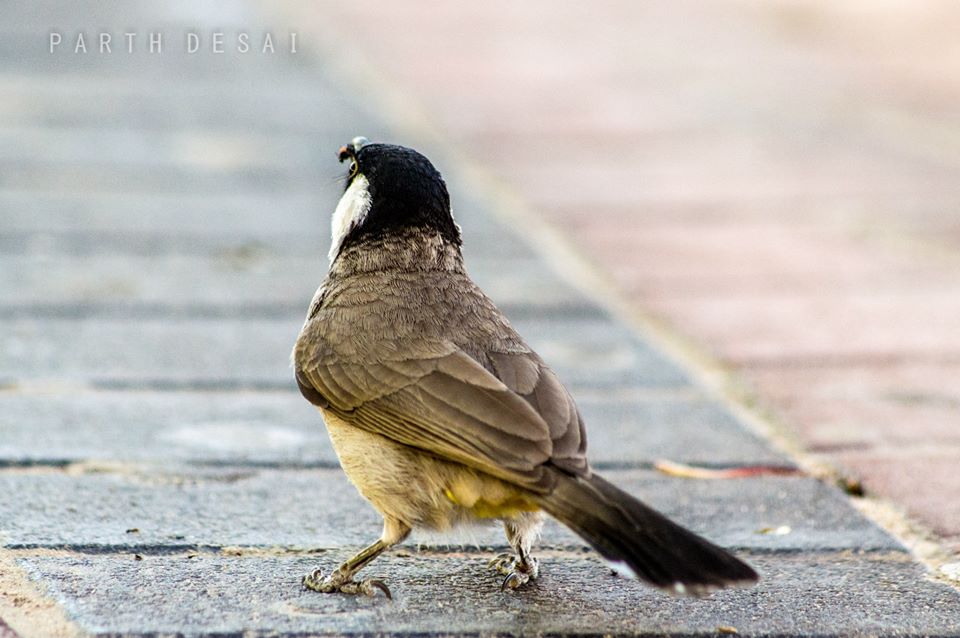Photography Tutorial – Animals.
What you will need
- A DSLR with a telephoto lens. (Preferably 300mm or greater)
- Love for animals and 3 tonnes of patience.
The Basics
To begin experiencing the adventures of animal photography, you must first understand—and endorse—that it is essential we respect our fellow earth-dwellers’ privacy while we’re at it. After all, we are the intruders in their home!
That being said, there are a few things you must remember before you can photograph animals. May it be a mommy tigress at the Jim Corbett National Park or a little finch in your garden, all animals have a personality of their own, not very unlike human babies. They have their habits, whims and routines. The more you know about these, the easier it will be for you to shoot them…with a camera, of course.
Finding your prey
It is necessary (and also quite fun!) to scout for your subjects before actually setting out on an animal photography excursion. For this, you may need to drive or hike (depending on the accessibility) to new places where there is a possibility of finding fauna. If you plan on visiting a Wildlife Reserve or National Park, it is advised to spend as much time as you can looking for packs and herds of animals. The more you know an animal’s surroundings, the more you know the animal. Look out for mating seasons, new offsprings feeding, drinking routines and feeding habits of your subjects.
Now that you have your subject(s), you will need to understand them, just like you make an acquaintance with a model before a photoshoot.
It will help tremendously if you can follow and understand the animals’ behaviour before you begin taking pictures. This will mean watching and stalking your subject patiently. All animals are shy of disturbance, and you need to be mindful of this. Keep your distance!
Taking the shot
Now that you have found your model and made friends with them, you can begin taking pictures. Mind you, this is not an easy task. Here, patience is the key. If you are able to capture a spectacular shot in your first attempt, you are either luckier than a lottery winner, or supremely talented. You can not ask your animal subject to pose or give you a wide smile. You will have to wait for the perfect moment and be on your toes for it.
To take a good close-up shot, you will need to position yourself well, such that you are hidden but have perfect sight of your subject. Most animals are well camouflaged in their habitat, so even if you have a well composed shot, your subject may not stand out from the surroundings. To fix this, you must try to put your subject on a background that compliments its colour. For example, these images:
This image is quite nicely composed. It makes the bird look majestic, but there is something missing from this picture: the perfect contrast.
This picture compliments the seagulls’ white plumage.
Like in all creative fields, there is no hard and fast rule in photography. It is perfectly alright, and at times wonderful, to take a picture of a well hidden animal, that can only be spotted upon keen observation.
There are other ways to portray wildlife, ways other than taking close-ups of animals. You may want to show animals in in their natural habitat, doing what animals do. For this, you will have to recede back a little and zoom out. This yields particularly spectacular results when photographing big groups of animals or flocks of birds. This picture, for example, shows how flamingos line up in formations before taking off.
Things I learnt while shooting:
- Safety is first priority. Long trousers, boots, flashlight, rope…maybe an army knife.
- Tripods are clumsy in the wild. Use a quick-strap instead.
- Take LOTS of pictures. Keep shooting until your batteries die out; you don’t know when you’ll manage a “eureka!” shot.
- Use memory cards with large storage capacities. Always keep a spare.
- Wear camo-print clothes if possible. Bright colours are easy to spot and scare animals away.
- Again, respect the animals.
Have fun, folks!











